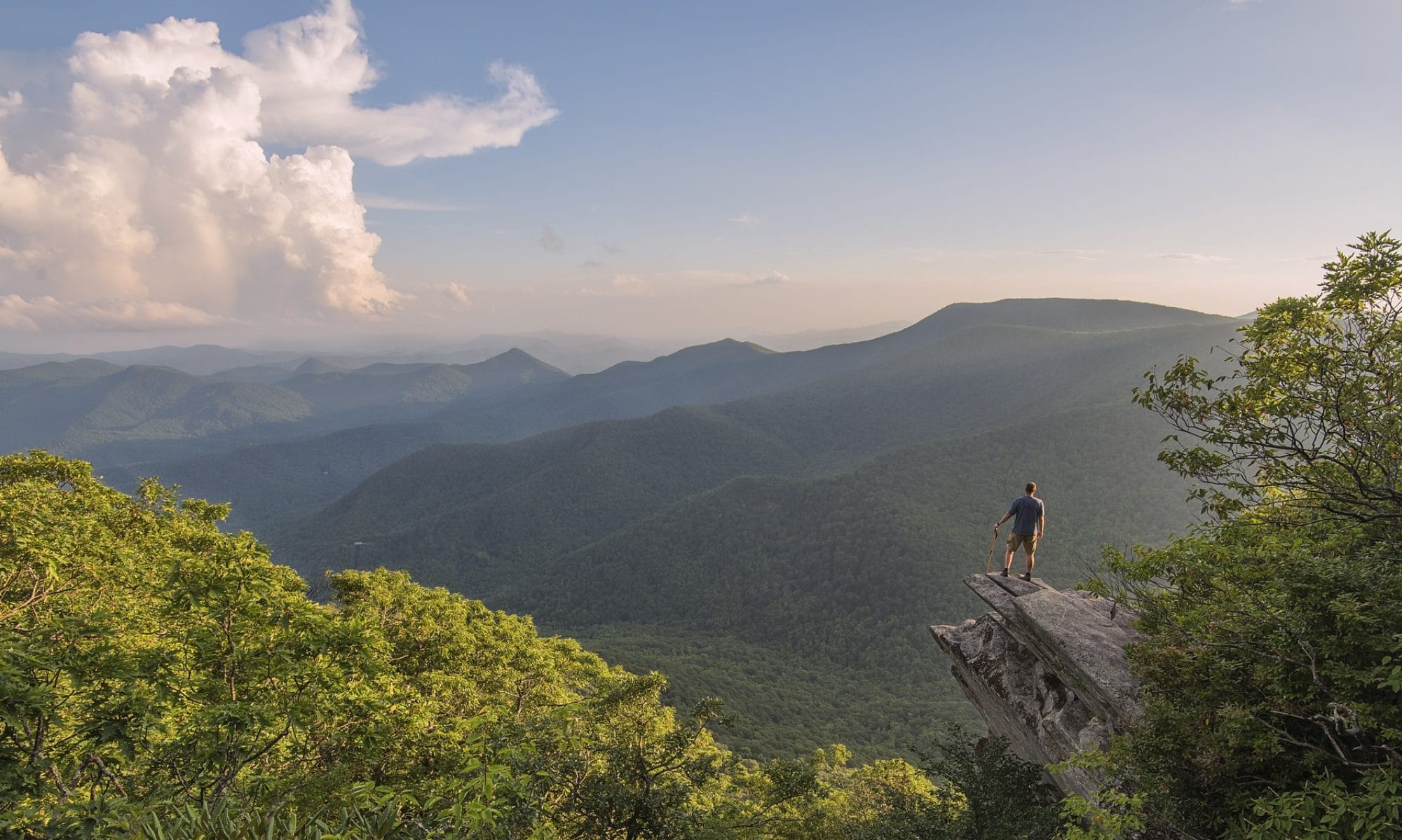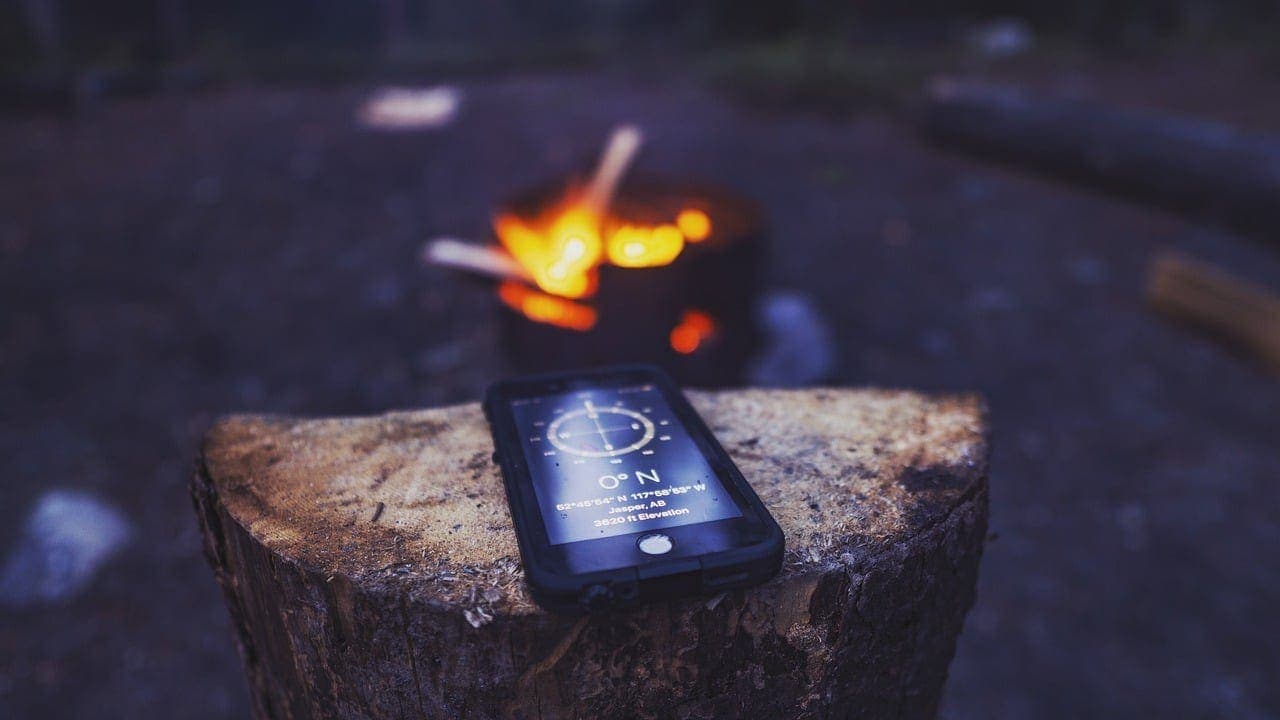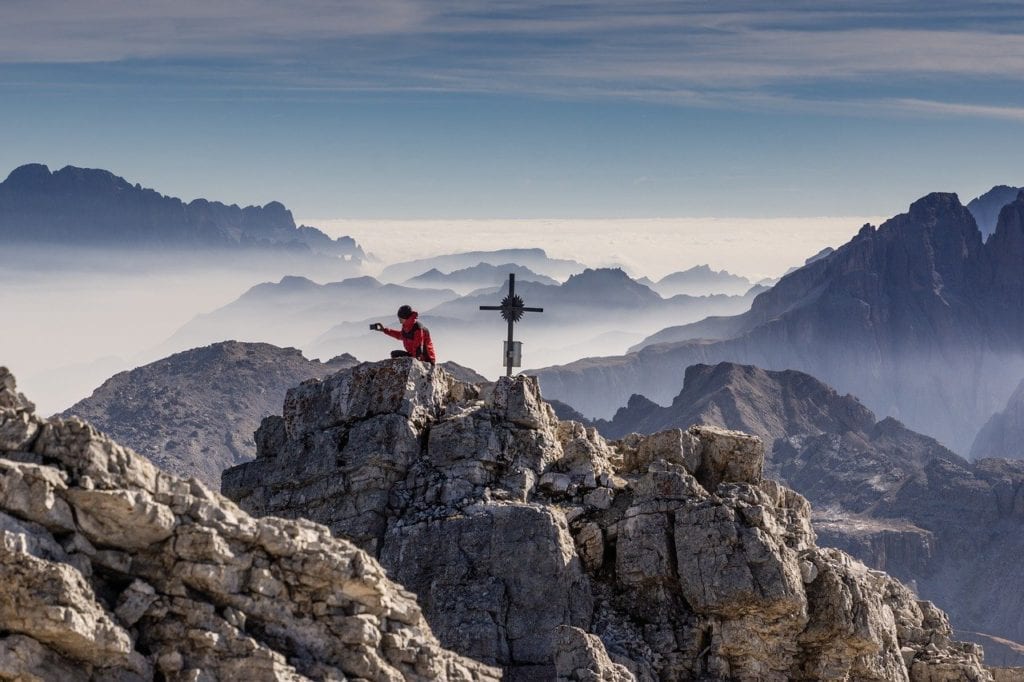Camera, GPS, note-taking, communication… The mobile phone is a real Swiss electronic knife. For my part, I use it on all these aspects when I hike. That’s why I decided to devote an article to help you choose which smartphone to take for a trek.
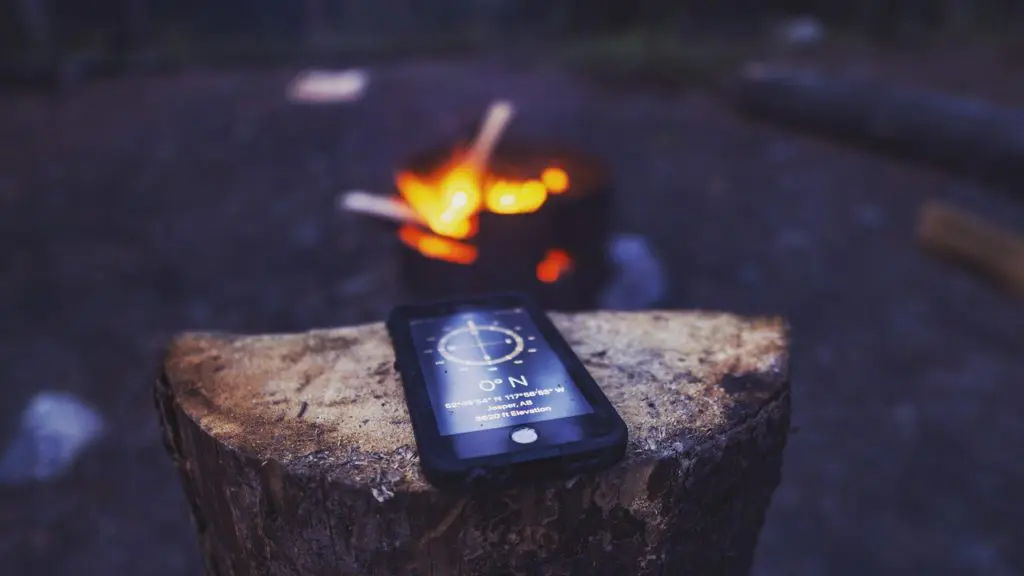
What criteria for which uses?
Depending on how you want to use it, you’re not going to prioritize the same things.
The battery to last a long time
It should be able to last at least a full day with the use you are planning. Apart from the times you use it, we advise you to switch the device to airplane mode. Indeed, in remote areas, the network is often absent. In this case your device will spend its time trying to find a network and the battery will be affected.
Note that the cold will reduce battery life, so be sure to keep your phone “warm” whenever possible. An almost essential accessory is an external battery that you will have charged to block before departure. If it’s solar, you can wedge it on your backpack so it recharges a little during the day. You can find some on this site for example:
GPS for solo hiking or sportsmen
If you are going hiking or trekking without a guide, it is important to have a GPS with you. This makes it possible to verify that one is still on the intended circuit. Personally, for hiking, I use a simple application on Android: GPX viewer. It shows gps plots (file .gpx). This is the type of file you can download from a site like Visorando for example.
For athletes, interest can also be linked to the measurement of the distance travelled. In this case, a smartwatch can also do the trick. It will be lighter and more convenient to wear than the phone. Make sure it has a built-in GPS and doesn’t rely on the phone’s.
The photo sensor for photos and video
If you want to make great photos and videos, you’ll have a full camera. However, smartphones can now cover traditional photo and video needs, making it possible to travel light. In this case, it will be necessary to equip the device with a large external memory card.
Resistance for the bloopers or the clumsy
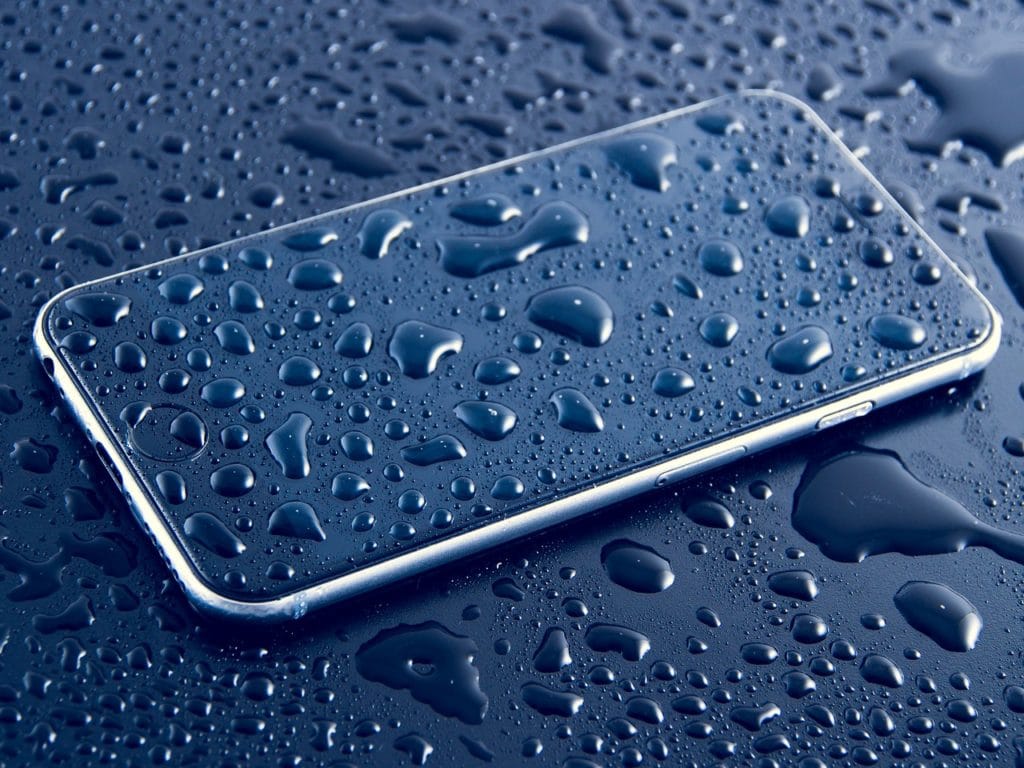
You go to highly humid areas or with dust and sand or you regularly drop what you hold. And you don’t want to discover that your camera is dead in the middle of your trek…. In this case, there are smartphones specially designed to withstand external aggressions. A cheaper solution may also be to purchase a shell and/or some waterproof plastic bags.
Taking notes for budding writers
If travel is an opportunity for you to write your adventures, you may want to be able to write a little each day. In this case, some high-end smartphones offer manual writing possibilities. On other phones, it is also possible to record memories vocally. And of course, it’s also possible to enter a few notes in your favorite app. Personally, I use it to keep the program every day so I can make photo albums later.
Smartphones in April 2020
Now that we have exposed the main features to determine which smartphone to take for a trek, make way for the concrete. Below are proposals tailored to each need.
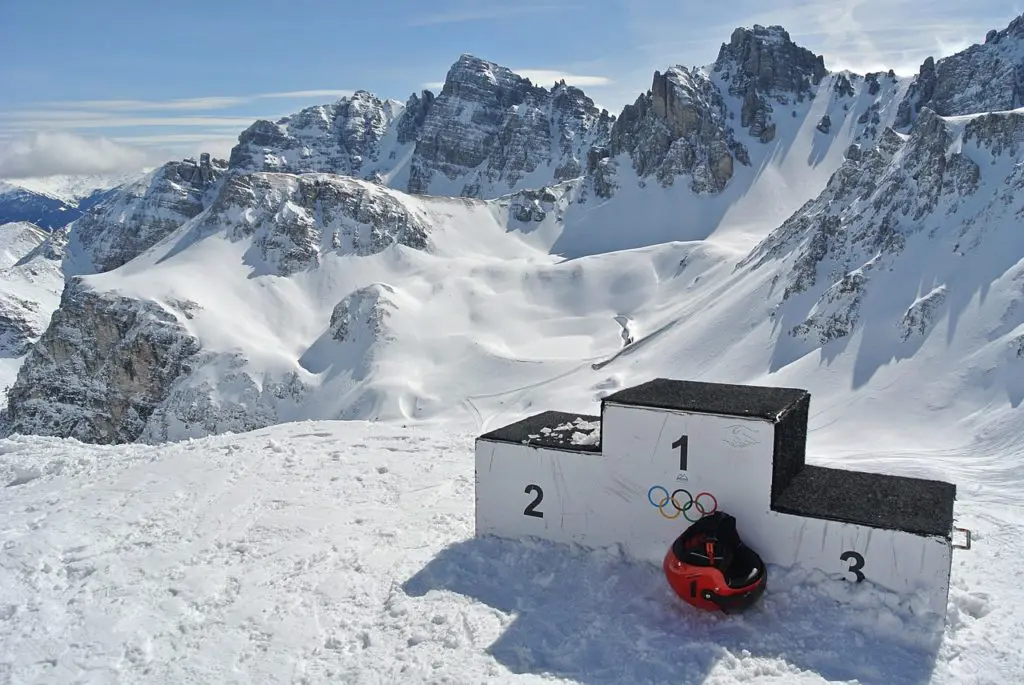
For the photo
Many sites offer rankings, so I suggest you find that of meilleurinnovation.com. This ranking has the advantage of offering smartphones in each category (from the high end to the entry level). In summary:
- Cheapest: Xiaomi Redmi Note 7
- Best mid-range: Google Pixel 3A
- Simply the best : Huawei P30 Pro or for apple lovers, the Apple iPhone 11 Pro
For resistance
The highest standard in this area is the IP69K. This time we found a ranking on lesechosdunet whose summary is below:
- Cheapest: Doogee S90
- Best mid-range: Sonim XP8
- Simply the best: Cat S61
For autonomy
For me, this is not necessarily the most important criterion because it is possible to improve it with an external battery as explained above. However, if you want to travel light, this can be a strong argument. Below is a summary of the ranking at phonandroid:
- Cheapest: Asus Zenfone Max Pro M2
- Best mid-range: Xiaomi Mi 9
- Best short: Huawei P30 Pro
For its GPS
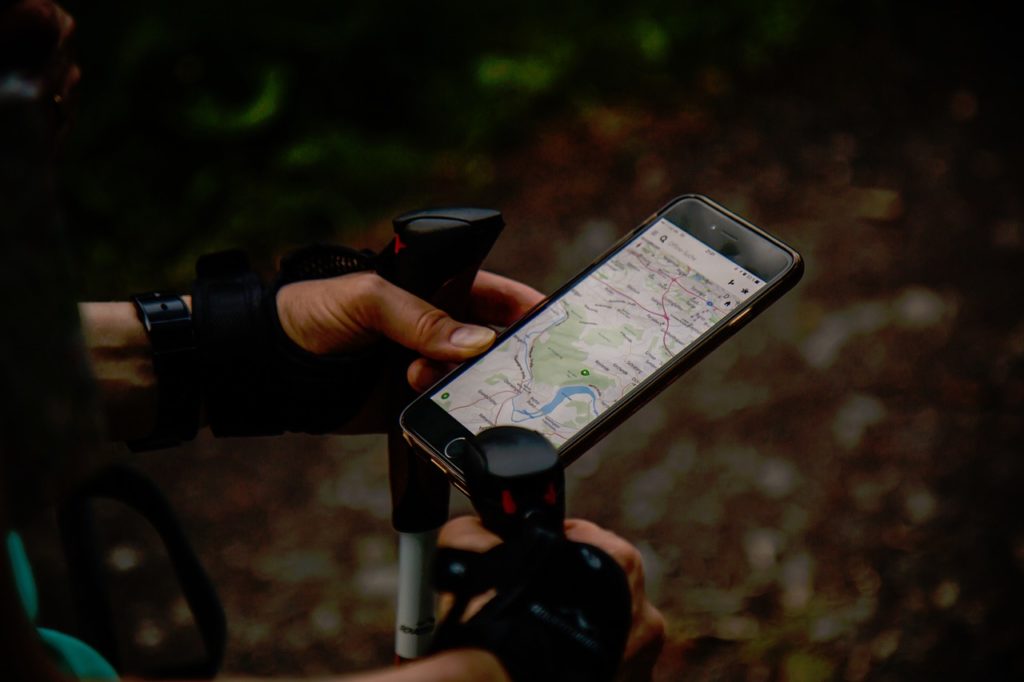
This time we are clearly in need of niche, because the basic GPS of most devices is sufficient for hiking. However, if you are in this case, then we invite you to discover the gpszap article. Warning spoiler: the best is the Xiaomi Mi 8.
For note-taking
Again, this is a very specific feature. Indeed, the stylus that facilitates the taking of handwritten notes often goes hand in hand with a large screen. The latter tends to consume the battery quickly, it is not necessarily the most suitable for treks. Nevertheless, if that’s not a concern, you’ll find a list of smartphone with stylus on the techrankup site.
Have you chosen your hiking smartphone?
In conclusion, we tried to give you a complete overview in order to know which smartphone to take for a trek. The most important thing is to start from your use in order to determine the priority you put in each criterion. Once this is defined, no doubt you will easily find the smartphone that suits you!
